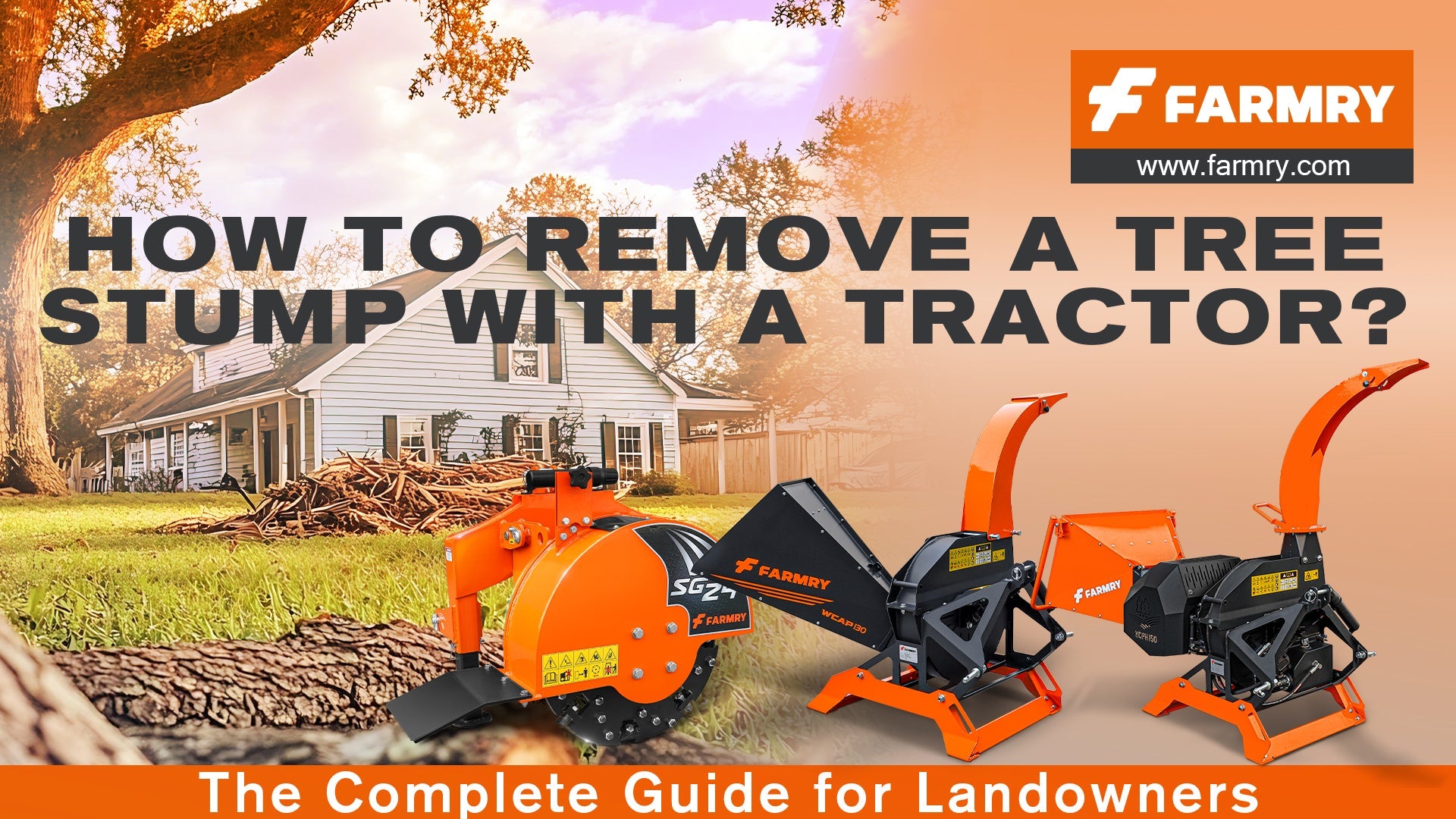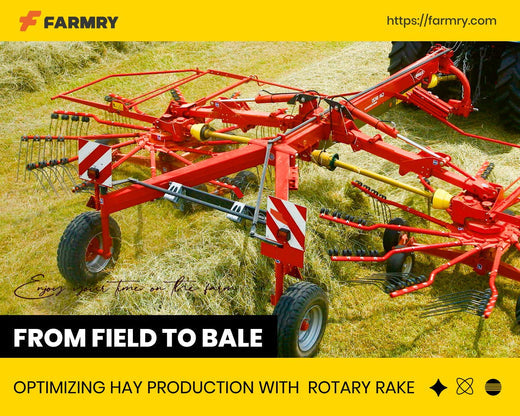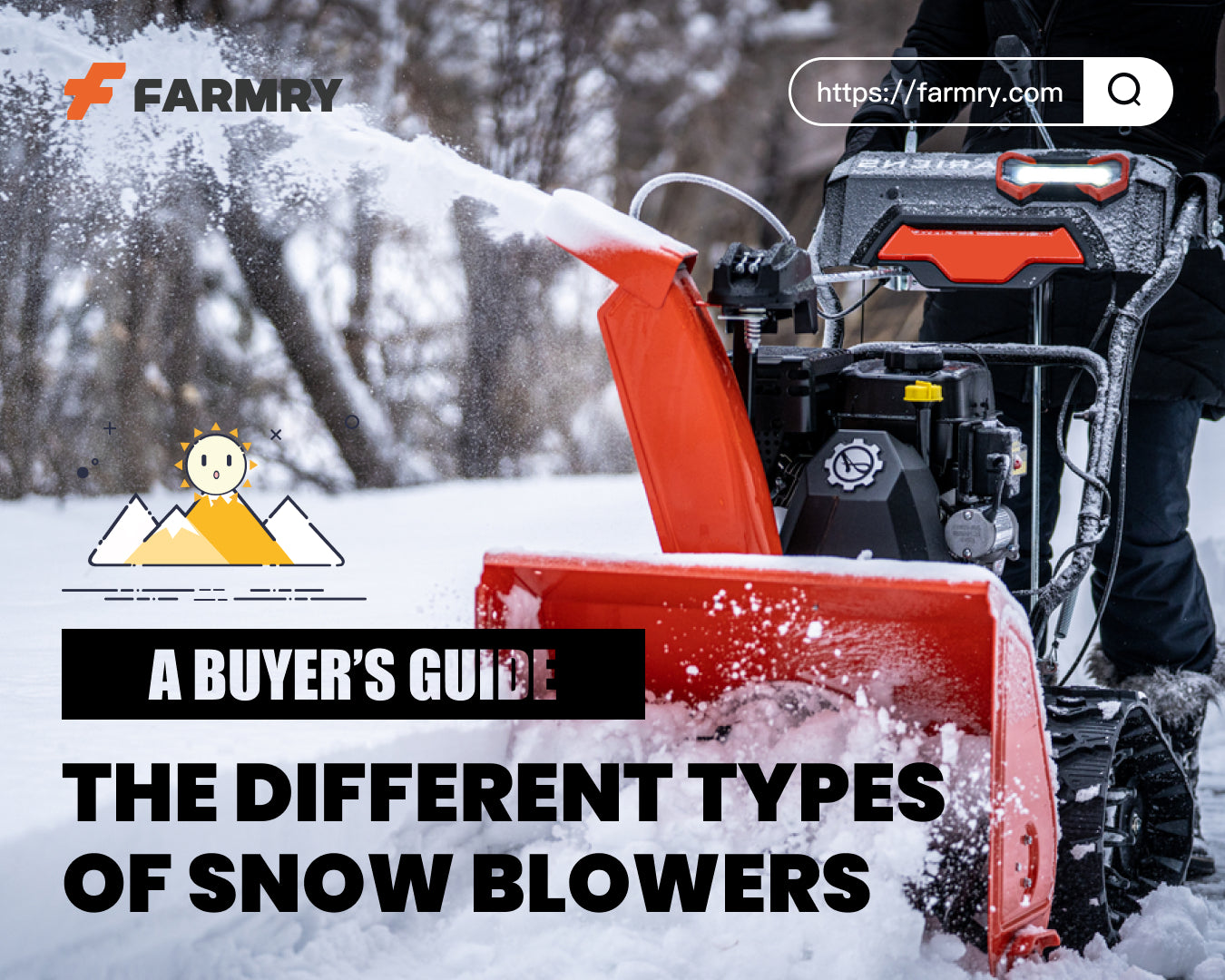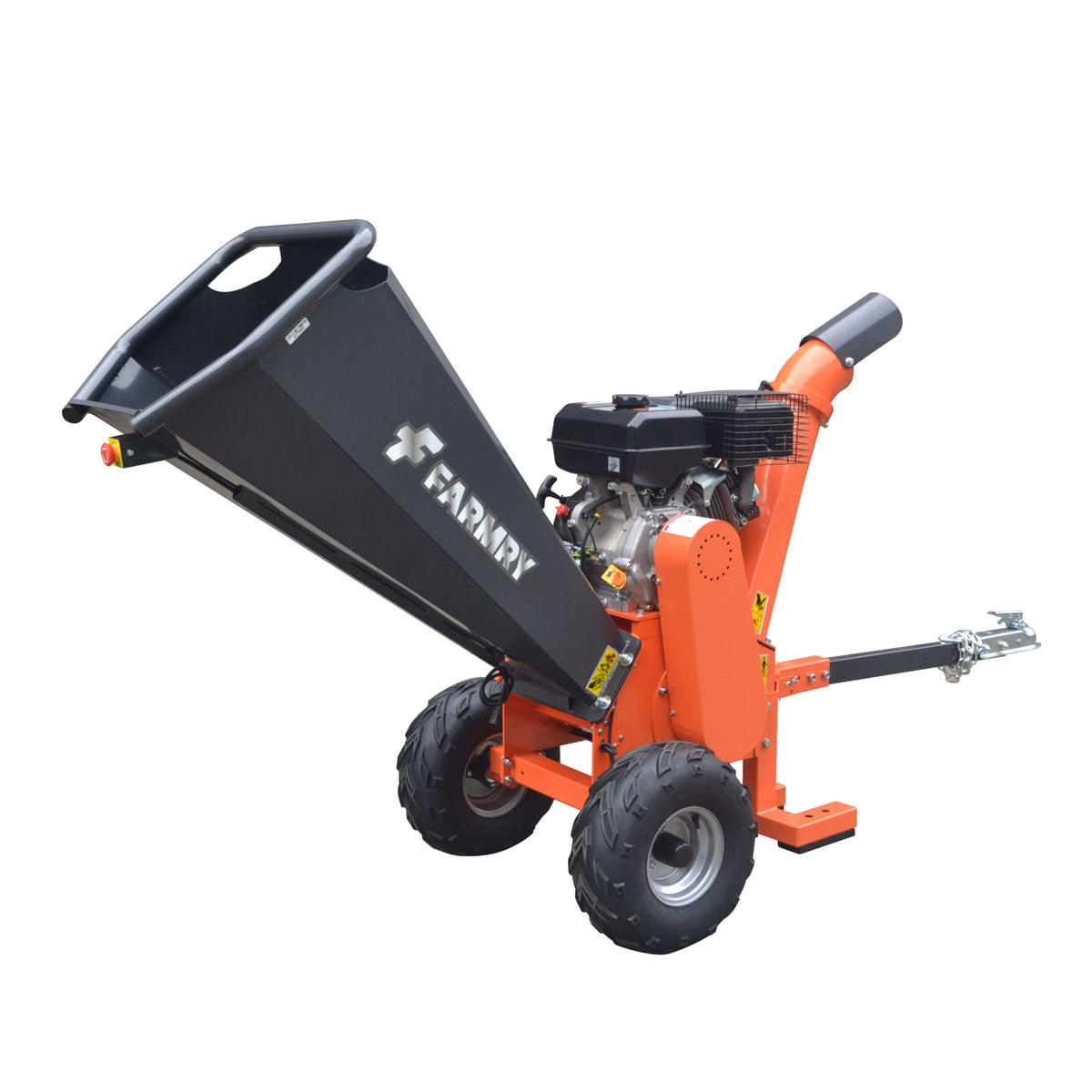Flail Mower Tractors: The Complete Guide to Power, Performance, and Property Care
 When it comes to tackling thick grass, light brush, and even small saplings, few tools match the versatility and durability of a flail mower tractor attachment. Whether you manage pastures, maintain orchards, or simply want a cleaner cut across rough land, a tractor flail mower delivers the performance that traditional mowers can’t.
When it comes to tackling thick grass, light brush, and even small saplings, few tools match the versatility and durability of a flail mower tractor attachment. Whether you manage pastures, maintain orchards, or simply want a cleaner cut across rough land, a tractor flail mower delivers the performance that traditional mowers can’t.
In this in-depth guide, we’ll cover how flail mower tractors work, their benefits, common attachments like hammer blades and hydraulic side shift, plus tips to maintain your gearbox, bearings, and PTO shaft for years of reliable service. Along the way, we’ll highlight real user reviews, common pain points, and best settings to get a clean cut that enhances your soil health and property value.
What Exactly Is a Flail Mower Tractor Attachment?
A flail mower is a powerful tractor attachment designed to cut, shred, and mulch thick vegetation. Unlike a rotary mower that spins a large blade, a flail mower uses dozens of smaller knife or hammer blades attached to an electronically balanced rotor. As the PTO shaft transfers power from your compact tractor, the rotor spins at high speed, allowing the blades to cut grass, brush, or debris with incredible efficiency.
Key components include:
-
PTO shaft: Connects to your tractor’s 3 point hitch to deliver power.
-
Electronically balanced rotor: Reduces shock, vibration, and wear.
-
Hammer blades or Y-knife blades: For tackling everything from fine grass to dense brush.
-
Rugged gearbox: Handles the torque of heavy mowing jobs.
-
Hydraulic side shift: Lets the mower slide left or right to maintain tight areas like fence lines or orchard rows.
The result? A mower that’s built to handle everything from thick vegetation to light brush, producing a clean, evenly mulched finish.
Benefits of Using a Tractor Flail Mower
Why choose a flail mower tractor attachment instead of a rotary or finishing mower? Here are the main benefits:
-
Versatility on Different Ground
Flails can handle thick grass, brush, and even uneven soil. From orchards to roadside mowing, they adapt well. -
Safety for Operators and Bystanders
The smaller blades reduce the risk of throwing debris compared to rotary mowers. This is crucial when mowing near property, roads, or people. -
Better Mulching Performance
Because each pass shreds material into finer pieces, the mower leaves behind natural mulch that breaks down into the soil, enhancing fertility. -
Durability with Heavy Duty Jobs
With a rugged gearbox, adjustable skids, and reinforced housing, flail mowers are designed to withstand shock from hidden rocks, stumps, or thick material. -
Customization
Features like hydraulic side shift, 3 point hitch compatibility, and different width models make them adaptable to compact tractors or larger machines.
Choosing the Right Tractor Flail Mower
When searching for the right flail mower tractor, consider these factors:
-
Overall width: Match the mower’s width to your tractor size and property layout. A wider mower covers more ground per pass, but adds weight and PTO demand.
-
PTO power requirements: Ensure your tractor’s horsepower matches the mower’s needs. Undersized tractors will struggle with thick vegetation.
-
Blades: Hammer blades excel at saplings, brush, and heavy duty work. Y-blades or knives are better for grass and lighter vegetation.
-
Hydraulic features: A hydraulic side shift adds maneuverability when mowing fencerows or orchards.
-
Gearbox and bearings: Look for a rugged gearbox with oil bath lubrication and sealed bearings to minimize wear.
-
Adjustable settings: Cutting height, rotor balance, and skid shoes should be adjustable to optimize performance.
Common Pain Points (and How to Solve Them)
Through user reviews, operator feedback, and long-term testing, several recurring challenges emerge:
-
Setup difficulties: Many buyers struggle with setup and assembly. Check for clear manuals, or request videos from the manufacturer.
-
Wear on blades: Heavy vegetation can dull blades quickly. Keep spare accessories like hammer blades or knives on hand.
-
Gearbox maintenance: Forgetting to check oil levels is a common cause of premature failure. Always inspect before mowing.
-
Shock and vibration: Cheap models may lack an electronically balanced rotor, causing operator fatigue and faster bearing wear.
-
Service and support: Before you buy, confirm warranty support, spare parts availability, and how to contact the seller for repairs.
Maintenance Tips to Keep Your Flail Mower Running
To reduce downtime and maximize life span, regular maintenance is essential:
-
Check oil in the rugged gearbox before every mowing job.
-
Inspect bearings, PTO shaft, and hydraulic lines for leaks or cracks.
-
Sharpen or replace blades after every 20–30 hours, especially if mowing thick grass or saplings.
-
Keep skids adjusted to prevent scalping uneven ground.
-
Store the equipment in a dry place and grease all fittings after heavy use.
Well-maintained flail mowers not only last longer but also deliver consistently clean cuts with less operator stress.
Comparing Flail Mowers to Other Equipment
-
Rotary Mowers: Faster on open land, but higher risk of thrown debris.
-
Finish Mowers: Excellent for lawns and pastures, but can’t handle brush or thick vegetation.
-
Tractor Flail Mowers: The most versatile choice, handling both grass and heavy duty material, with superior mulching and safety.
For property owners who need a single attachment that can tackle multiple jobs, the flail mower is often the smartest investment.
User Reviews and Performance Feedback
Real-world reviews show a wide range of experiences:
-
Happy operators praise the ability to mow rough vegetation cleanly with minimal debris risk.
-
Critical reviews mention delays in shipping, lack of clear manuals, and the challenge of sourcing spare parts from some brands.
-
Many note that once properly set up and maintained, a tractor flail mower becomes an indispensable tool for pastures, orchards, and even roadside mowing.
If you’re considering a purchase, always read user reviews, watch setup videos, and consult with the manufacturer to confirm models, accessories, and warranty support.
Safety Considerations
While flail mowers are generally safer than rotary cutters, it’s still important to protect the operator and bystanders:
-
Always disengage the PTO before making adjustments.
-
Keep shields and skids in place to prevent flying debris.
-
Ensure the mower is designed with balanced rotors to reduce shock and vibration.
-
Follow the manufacturer’s instructions for settings and cutting height.
Where to Buy Flail Mower Tractors
Most major manufacturers and farm supply dealers list flail mowers for sale in various models, from compact inch-based width attachments to large heavy-duty commercial units. When evaluating sale listings, compare:
-
Overall width vs. property size.
-
Included PTO shaft and hydraulic kits.
-
Warranty and support.
-
Availability of replacement blades, bearings, and accessories.
Use trusted links, verified sellers, and request demo videos before purchase to minimize risk.
Conclusion: Just What You Need for Property Maintenance
For landowners, contractors, and farmers, flail mower tractors represent “just what” is needed to manage vegetation effectively. With the right setup, proper maintenance, and features like hydraulic side shift, rugged gearbox, and electronically balanced rotor, these mowers are built to last.
Whether you’re cutting thick grass in pastures, mulching saplings in orchards, or maintaining property trails, the benefits of a tractor flail mower are clear: safety, durability, and a clean cut every pass.
By understanding the pain points, choosing the right model, and following best practices for gearbox oil, blade wear, and operator safety, you’ll not only protect your investment but also enhance the value of your land.
For more information, expert reviews, and the latest videos, be sure to explore trusted links, check with the manufacturer, and contact support teams before making a decision.






